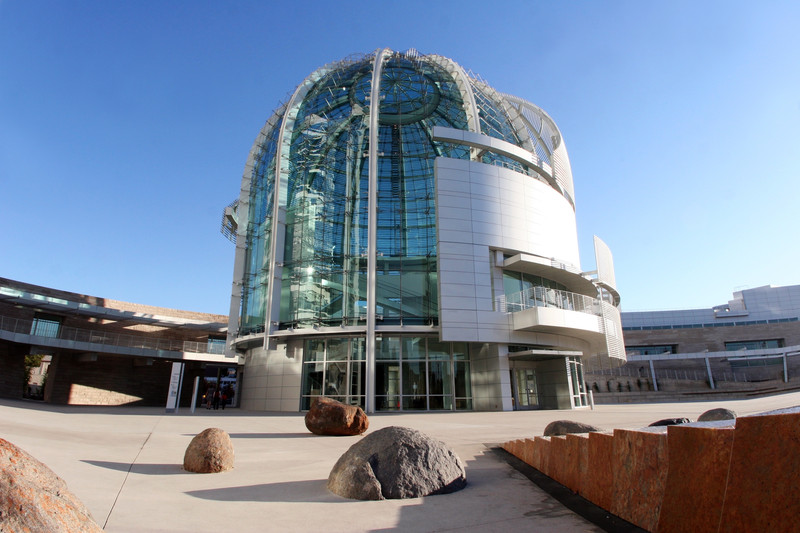
The aesthetics of eco-architecture.
The aesthetics of the most significant eco architecture draws upon the environment.
The land. From curving balconies that undulate like shore lines to rainforest-evocative vertical gardens, architects and designers reference the shapes and lines of natural forms.
But despite the organic look and feel of the finished structure, most of these building designs, once past the initial gestural “napkin sketch” stage, are executed with digital tools. Concept is “earthen”, then development is “techno”. That’s quite a span. Yet top architects and designers integrate the two routinely.
So what better choice of art to display in a modern design that exudes the rhythms, proportions, colors, and feeling of the earth, than a digital landscape?
Thematically compatible
Digital landscape art combines thematically with leading edge eco-architecture, and makes a solid choice for any designer. Landscape art of some kind has the obvious reference to link the design and the building to the environment, and the digital nature of an art print created with 3D animation software embraces the opposite end of the continuum. Quite a span as well. And quite appropriate artwork for a design that does the same.
Digital landscape art can fuse the two concepts together with panache.
For a corporate client whose business spans environment and technology, a well conceived digital landscape print can be one of the crowning touches that brings a designer special recognition from a typical corporate culture of rigorous logic.
As far as addressing the techno end of the rationale logically, much green technology is in fact digital: energy analytics, home automation, power management and many other green and clean technologies are built around environment-based data. And the digital software used to create the artwork is in fact spawned by data. So they come from the same source in a way.
Imagination gives life to digital art
The magic however, is how the artist, the creator of that art, gives life to the subject: how well they weave the fabric of the imagination into a genuine, creative work of art. How well they go beyond the mere representation of reality, and conjure up the spirit of the land.
For designers and architects there’s an opportunity to put the finishing touches into a sustainable building that complement its purpose and meaning.
